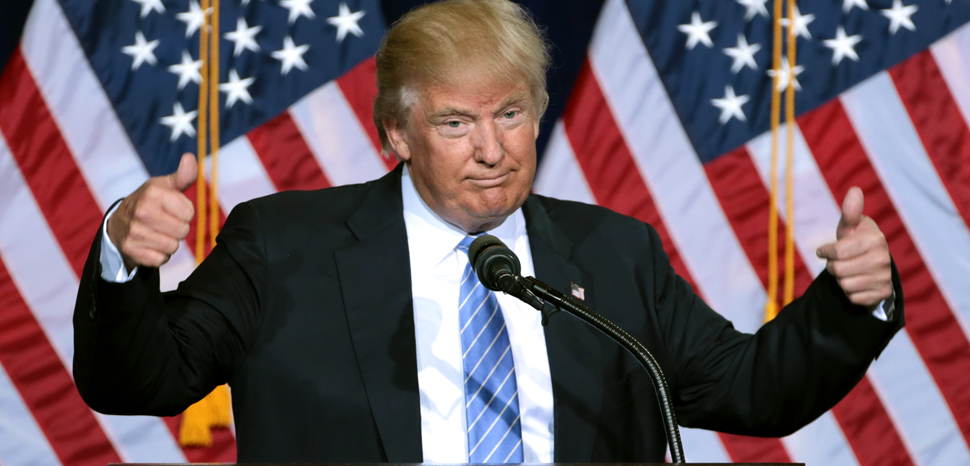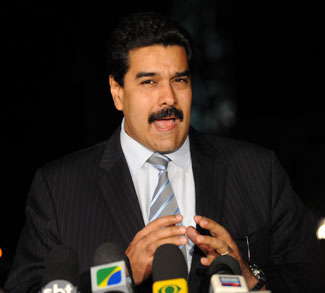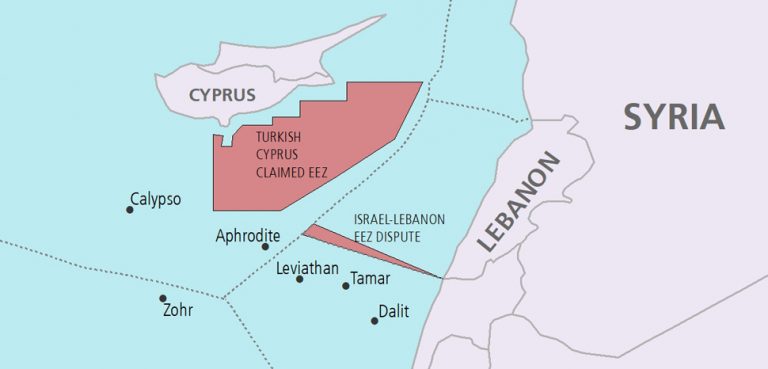Donald Trump has no solution to the crisis in the domestic hydraulic fracturing industry that won’t have dire consequences for the economy. The survival of the industry lies in Saudi Arabia.
It was not until 2013 that the real potential of hydraulic fracturing came into play. Here was the possibility for the United States to achieve energy independence. By 2015, President Barak Obama had removed restrictions on the export of crude oil, making the U.S. a world petroleum player.
Two years later at the Unleashing of the American Energy conference on June 29, 2017, President Donald J. Trump declared to representatives of the energy industry, “with these incredible resources, my administration will seek not only American energy independence that we’ve been looking for so long, but American energy dominance.” American growing oil production enabled him to impose sanctions upon Iran and Venezuela without disrupting the market. He went further and imposed sanctions in December 2019 on the two Swiss pipeline construction companies to block completion of the Russian Nord Stream 2 gas pipeline. Backed up with a supply of natural gas from US fracking, the act was a clear sign that Washington was prepared to use any measure to replace Russian gas in Europe with American LNG.
Donald Trump got his energy war, but he is waging it with an empty arsenal. The fracking industry has been built literally and figuratively on a foundation of sand. Only Exxon Mobil Corp., Occidental Petroleum Corp. Chevron Corp. and Crownquest Operating LLC with wells in the Permian Basin are able to turn a profit with an oil price as low as thirty-one dollars per barrel. Between 2014 and the present, two hundred and fifteen companies involved in high-cost hydraulic fracturing have gone bankrupt.
The law firm of Haynes & Boone in Houston Texas anticipates that another sixty are likely to follow. With that prospect looming, JPMorgan Chase & Co, Wells Fargo & Co, Bank of America Corp and Citigroup Inc are establishing companies to hold the depreciating resource assets of failing fracking and related companies that owe an estimated two hundred billion dollars. Even before the conflict between Russia and Saudi Arabia, smaller banks in Louisiana, Texas, and Oklahoma were facing credit issues with defaulting borrowers. Goldman Sachs regards the over-leveraged bonds of the firms operating in the fracking sector at higher risk than other, more financially important areas of the economy.
Donald Trump seems to have been unaware of the financial stresses within the oil industry. When oil prices crashed on March 9, he celebrated that the US consumer would be getting bargain energy when what he was really seeing was the destruction of his dream of global energy domination. By April 2, the reality of the collapsing industry prompted him to telephone Vladimir Putin and Crown Prince Mohammed Bin Salman to have them reduce the supply of oil. Reuters reports that Donald Trump threatened the Saudi prince with withdrawing US military support if he did not reduce oil production; and it was not the first time that the president made such warnings. In July of 2018, he pressured the Saudi to lower prices or lose military protection for the Kingdom. Despite the threats, what Donald Trump learned was that control of energy was now in the hands of the Saudi prince.
Ten days after the telephone calls, OPEC+ agreed upon a ten-million-barrel reduction with another possible ten million, while Donald Trump offered up the decline in production due to price erosion as his country’s contribution. His acknowledgement of the drop was his recognition that the dream of world energy domination had been abandoned for the time. What was really needed to save the industry was a thirty-million-barrel reduction in supply.
The Texas Railroad Commission that regulates oil and gas production in the state, which contributes forty-one percent of oil and twenty-five percent of gas to the national pool, is forecasting a contraction of three to four million barrels per day – enough to make the United States a net oil importer again. In spite of appeals from Pioneer Natural Resources and Parsley Energy executives for the Commission to impose quotas upon the industry, it has opted to stand aside. Since the OPEC agreement, a loss of twenty million barrels per day in production by other producers is reflecting in higher prices. Although prices are recovering to forty dollars per barrel, it will not help much of the domestic industry that requires levels closer to fifty or sixty dollars. That is leaving Donald Trump with several hard choices. In order to save the inefficient industry, Donald Trump will have to impose stiff tariffs or quotas to push prices back into the fifty-dollar range that will enable more firms to be profitable with the overall economy bearing the costs. The other choices are to reduce royalty charges that is being done already and finance the temporary shut-down of troubled producers until oil prices stabilize at a higher level, at which point the problem of oversupply will repeat. The fracking industry, with its ability to stop and start production quickly, and to raise funds, is the core of the problem.
According to a report from the Institute for Energy Economics and Financial Analysis, the oil industry ranks last in the S&P 500 index. Despite its minor economic importance, it commands so much interest because it has been politicized by being declared vital to the national security and used for international leverage. When placed in a historical context, the industry is going simply through a normal upsurge in growth followed by a purging of many insolvent firms with a few larger companies assuming domination. It happened to the automobile, the railway, the computer industries, among others.
Time is not on President Donald J. Trump’s side. He will have to make decisions soon, very soon. Fifty million barrels of Saudi oil is heading for the Gulf and Pacific coasts. In the end, the Saudi prince will not allow the hydraulic fracturing industry in the United States to challenge Saudi world energy domination.
The views expressed in this article are those of the authors alone and do not necessarily reflect those of Geopoliticalmonitor.com or any institutions with which the authors are associated.




